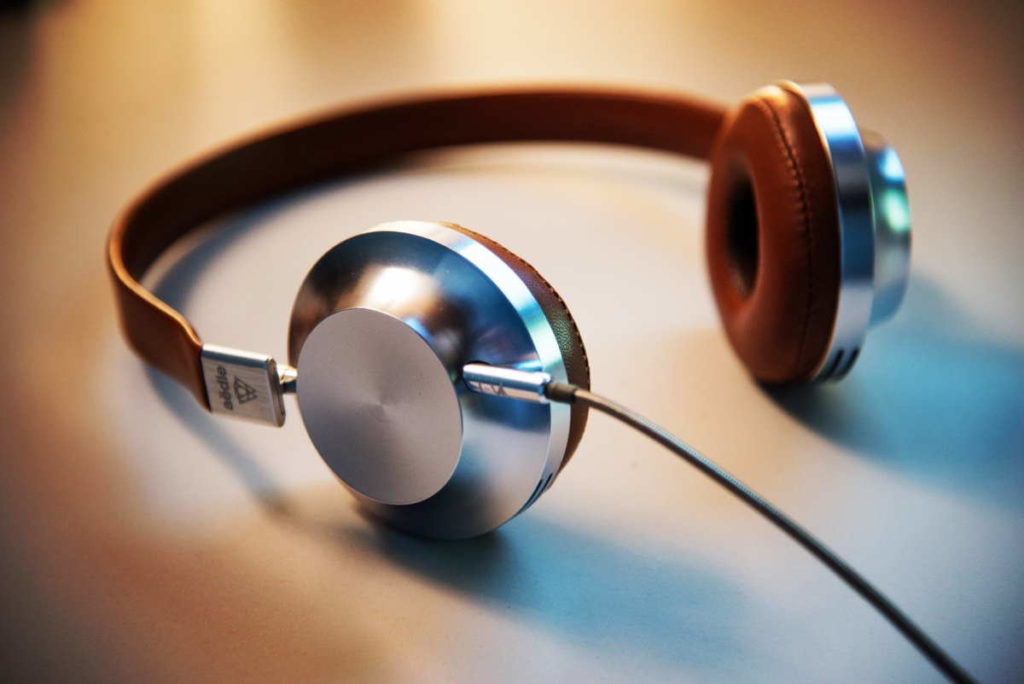Transcription is a Himalayan task when you have to do it on your own. That is why audio transcription software exists.
At some point in our lives, we’ve all had to transcribe a recording. Perhaps you were looking for a quotation from a significant interview. You might want to record personal voice memos and afterward, write them down. Alternatively, you may simply wish to create searchable text from a lengthy speech.
In either case, the procedure is arduous and time-consuming.
Audio transcription services allow you to simply upload a file, choose your settings, and enter a payment method to complete the process. Wait a few moments, and the best of these will produce extremely useful transcripts without the hassle.
Did we mention that it increases productivity and saves you a ton of time?
This automated transcription software produces results with up to 90% accuracy. Another advantage is that they cover different languages ranging from German to Spanish and Korean. It can also automatically timestamp the result.
Apart from the web version, most available transcription services also offer their android or iOS applications. These apps primarily serve as digital voice recorders, but you can also purchase transcriptions of your audio right from your phone.
The disadvantage is that you can’t import sound clips or links like you can with their web interfaces.
However, using transcription software may get tricky, especially if you’re a first-time user. In this article, we will talk about 5 tips and best practices for using audio transcription software. These tips will help you use them efficiently.
5 Best Practices for Using Audio Transcription Software
1. Boost audio quality
Audio quality is the most important thing to consider when transcribing. Poor audio quality results in an erroneous transcription thereby decreasing precision. You might also end up wasting several hours of your precious time.
Room acoustics play a crucial role in audio recording. A large empty room may create a lot of reverberations and echoes. This decreases the sound quality.
You should strategically place the microphone used while recording audio. The best way to place it is either to the side or under the speaker’s mouth. You must also ensure that each speaker speaks at their own turn to reduce overlapping conversations and background noises.
The M4A format is ideal for recording because it provides a high-quality, compact sound file. MP3 and WAV are other viable options.
Remember to remain in the ‘green zone’ as often as possible. Deviating could indicate a level that is either too high or too low, both of which have a detrimental effect on audio quality. This suppresses noise to a specific decibel level, ensuring that the audio isn’t excessively loud or too quiet.

Editing the recorded audio using a sound editing tool is also helpful in boosting sound quality.
2. Insert timestamps
Audio transcription software is a boon for transcribers. It enhances productivity, is user-friendly, and is extremely convenient. Moreover, it is several times cheaper to use software than pay a human to transcribe.
To enhance convenience you can insert timestamps to review certain parts of the audio at a later stage. It is possible that you’ll need to take note of the specific time position in a video so that you can go back and review it later. You can accomplish this by including a time-coded tag in the transcript. For example, you can time tag it as [?? 00:05:07].
Manually time coding the transcription audio is a tedious job. The chances of errors are also a lot more. By using your transcription programs’ time code feature, you can do it more precisely and quickly.
For example, tools like Happyscribe allow you to edit the starting timecode so you may decide when the transcription starts.
3. Use a foot pedal
The simplest and quickest approach to improve your transcription efficiency is to use a foot pedal to regulate playback.
You might have heard many folks remark they don’t know how they ever managed to transcribe without a foot pedal, despite their initial skepticism.
Foot pedals allow you to play back the audio without the need for a mouse. It eliminates the need to multitask using your fingers which is sometimes really painful. Many plug-and-play modern foot pedals allow you to benefit from the increased speed right away.
After you’ve received your transcript, review it against your audio clip for correctness, intonation, and subtleties. Using a foot pedal to manage the playback is the simplest and most effective way to make adjustments, leave comments, or highlight significant points.
If investing in a foot pedal does not sound appealing, you can still benefit from a ‘foot pedal-like’’ function. You can configure the audio transcription software to control the audio using a numeric or a function key. This will prove more efficient than using the mouse.
4. Review the finished transcription
No one’s perfect.
Not even the transcription software.
Transcribed papers are essentially written transcriptions of spoken words. It is critical that each text is transcribed as accurately as possible. In some circumstances, even a minor inaccuracy can completely affect the meaning of a document, jeopardizing the document’s credibility.
There are several reasons why a software-aided transcription might have errors. Background noise, interference, and unclear words are just a few of them.
Audio transcription software is accurate only up to a certain extent. Therefore, it is important to review the finished transcription.
A study was carried out to compare the accuracy of human and automated transcription. It was discovered that human-powered transcription services performed admirably in transforming the challenging audio. Automated ones, on the other hand, provided nearly useless output.
In general, automatic applications are only beneficial if the recording is straightforward and you don’t require flawless accuracy. They’re good for individual voice notes and other similar uses. However, they are not appropriate for professional use.
You’ll almost certainly need to modify certain aspects of your transcript, irrespective of which service you use. Most services provide a built-in editor that you may use to make these adjustments before exporting the final report.
5. Don’t delete the audio file right away
Audio transcription software may store your audio files for up to a few hours or days. However, you must always keep the original or a copy of the file for up to a few weeks in your system.
This allows you to revisit the files to make notes or re-check a fact at later stages.
Wrapping Up Tips and Best Practices for Using Audio Transcription Software
Using audio transcription software for first-time users is not easy. Sometimes, even experienced people may get confused. Hopefully, this article has guided you on the best ways to use this software efficiently.
Any transcribing process or service is preferable to simply throwing away your recordings. Yes, transcription is inconvenient and some providers are expensive, but the benefit of accurate and usable transcripts far surpasses these drawbacks.
There are a number of good audio and video transcription services available online. You will find several on the table that caters to your needs.
Human transcription services are more reliable than automated ones, they take a lot of time and limit productivity.
So sit back, relax, and let the audio transcription software do its job.
